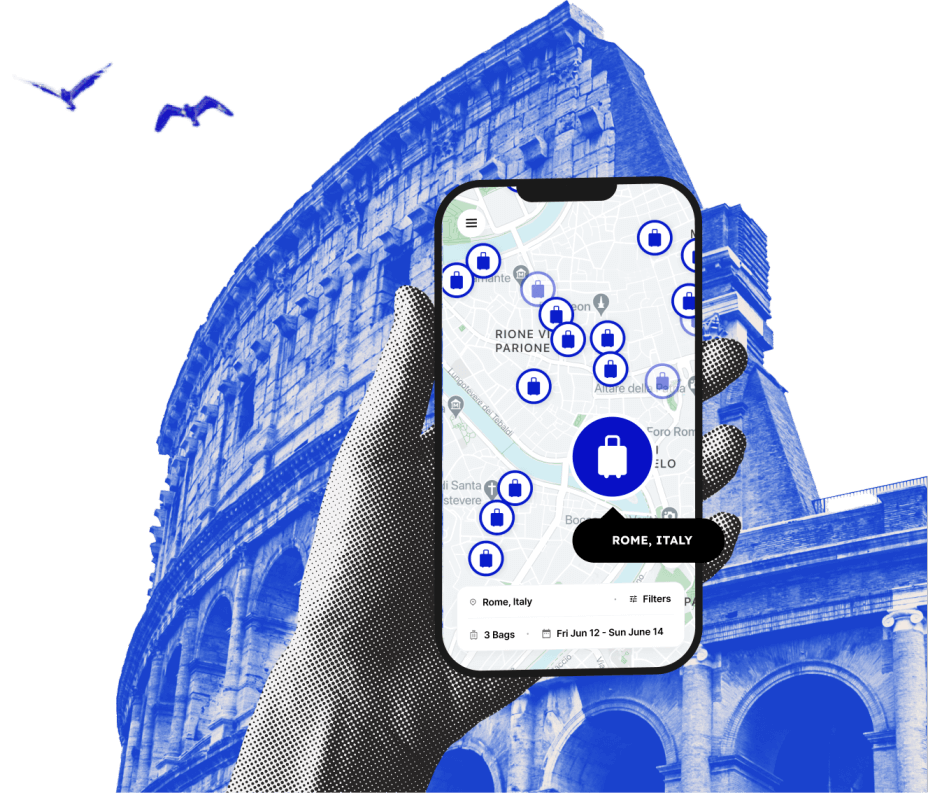The Best Time to Visit Newcastle 2024: The Ultimate Guide
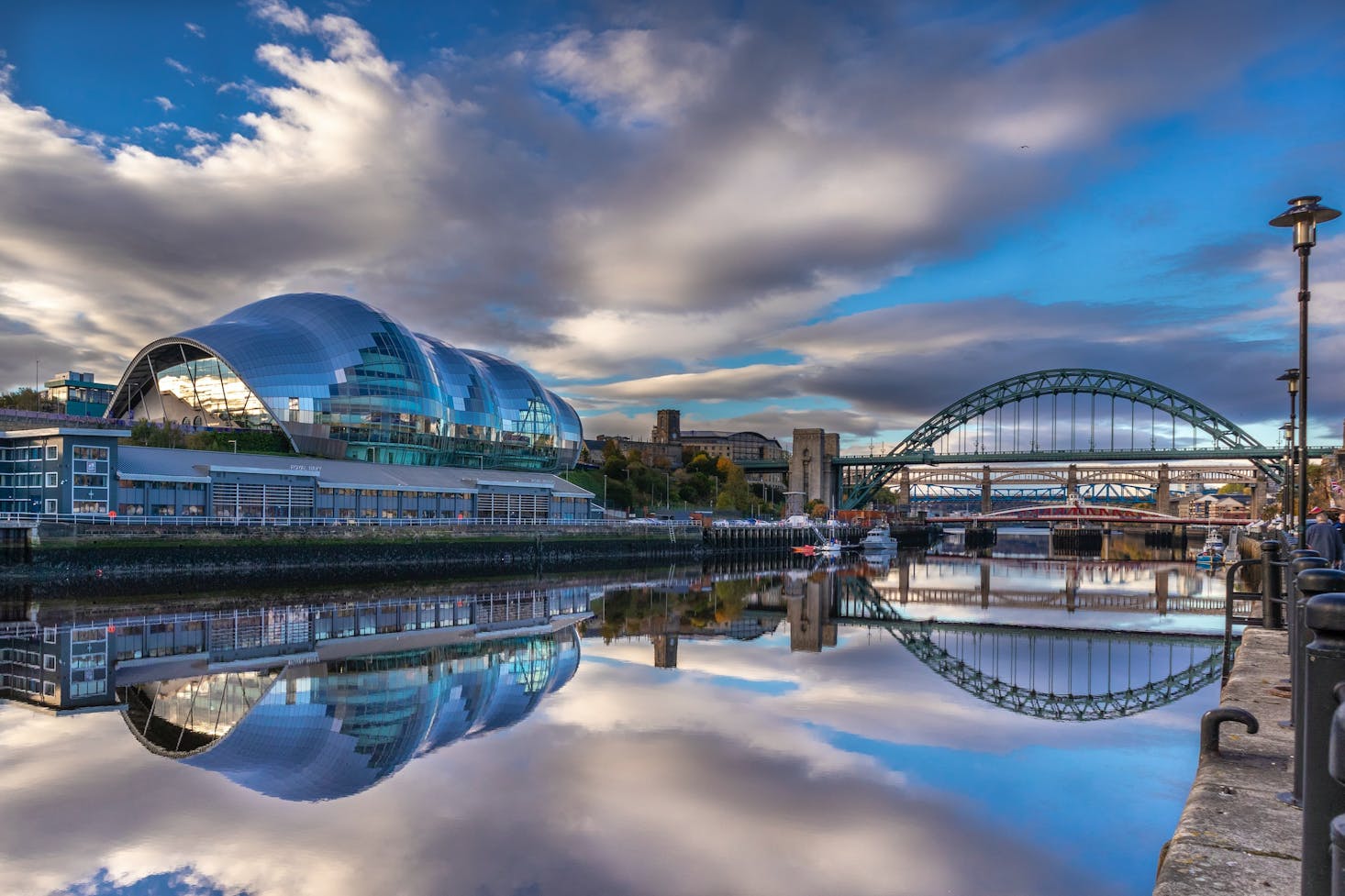
Newcastle upon Tyne, simply referred to as ‘Newcastle,’ is one of Britain’s most iconic cities and metropolitan boroughs. It is known for many things, including its vibrant nightlife, industrial heritage, fascinating history, eponymous brown ale, and Geordie accent. It lies on the banks of the River Tyne, but at its center, you’ll find numerous remarkable Victorian buildings and one-of-a-kind cultural attractions.
Due to its location in the rain shadow of the North Pennines, Newcastle is one of the driest cities in the United Kingdom. It has an oceanic climate characterized by warm summers and mild winters, providing its residents an excellent weather year-round. Its average temperature typically varies between 37°F (2.8°C) and 65°F (18.3°C), rarely dropping below 31°F (-0.6°C) or above 70°F (21.1°C). Its amount of monthly rainfall varies, but the total precipitation per year amounts to 650mm (25.6 inches).
If you’re wondering when is the best time to visit Newcastle, it depends really on what you want to experience in the city. With an annual average of 2285 hours of sunshine and 157 rainy days, you’ll have more sunshine hours to explore the great outdoors. But even if there’s wet weather when you arrive, there are multiple indoor adventures you can try. Just leave your bags at a Bounce luggage storage locker so you have peace of mind knowing your essential belongings are safe and secure while exploring the ins and outs of the city.

Love discounts and traveling?
Sign up for our newsletter and get 10% off your next booking.
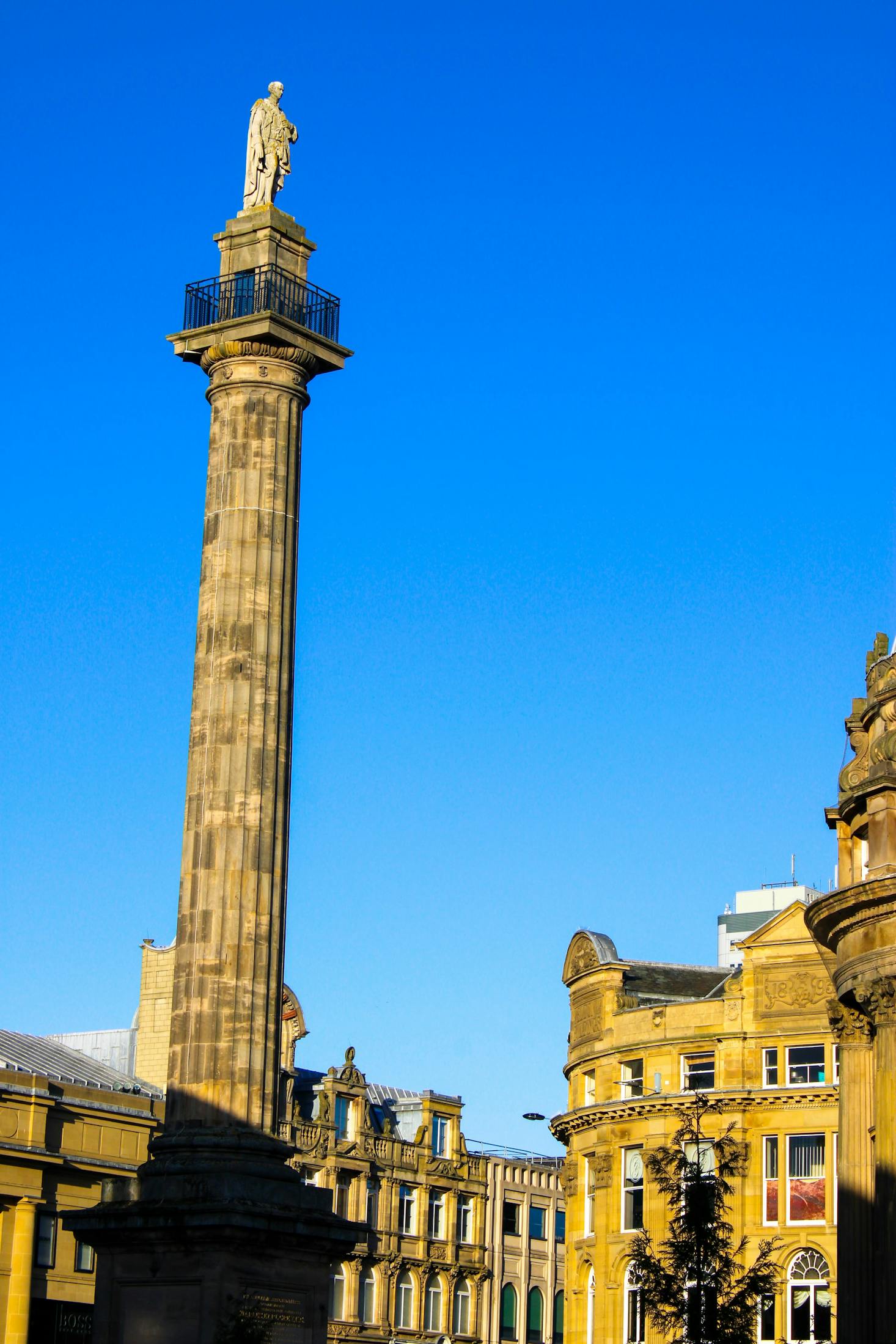
Summer in Newcastle: June - August
Most summer days in Newcastle upon Tyne range from mild to warm, but there are also some hotter days. June is the most humid month but also the coolest during summer in Newcastle, with an average high temperature of 60.8°F (16°C) and an average low of 48.2°F (9°C). Although temperatures rise in July and August, you’ll still experience comfortable summer months, with an average temperature ranging between 53.6°F (12°C) and 64.4°F (18°C). If you prefer the dry weather, visit Newcastle around mid-August, when there's less chance of significant precipitation.
With about 706 hours of sunshine, summer in Newcastle is the best time to explore the Quayside and the iconic Tyne Bridge, which has become a symbol of the city and a crucial part of its identity. But because it has relatively rainy summers, and about 46 days of rain throughout the season, make sure to pack an umbrella, especially if you plan to visit Newcastle in August. This way, you can enjoy your experience fully and not be disheartened by the wet weather.
Bring a pair of shorts for daytime exploration, cardigans for cool nights, and a summer dress for ladies to dress up in the evenings. Don’t hesitate to wear your ankle boots and skirts, especially if you want to get glammed up before heading out. Jeans are always acceptable for casual wear, and dress shirts are perfect for most occasions. A pair of athletic shoes or light hiking boots will work for daily use, but throw in your dress shoes, too, in case you’ll dine in a fine restaurant.
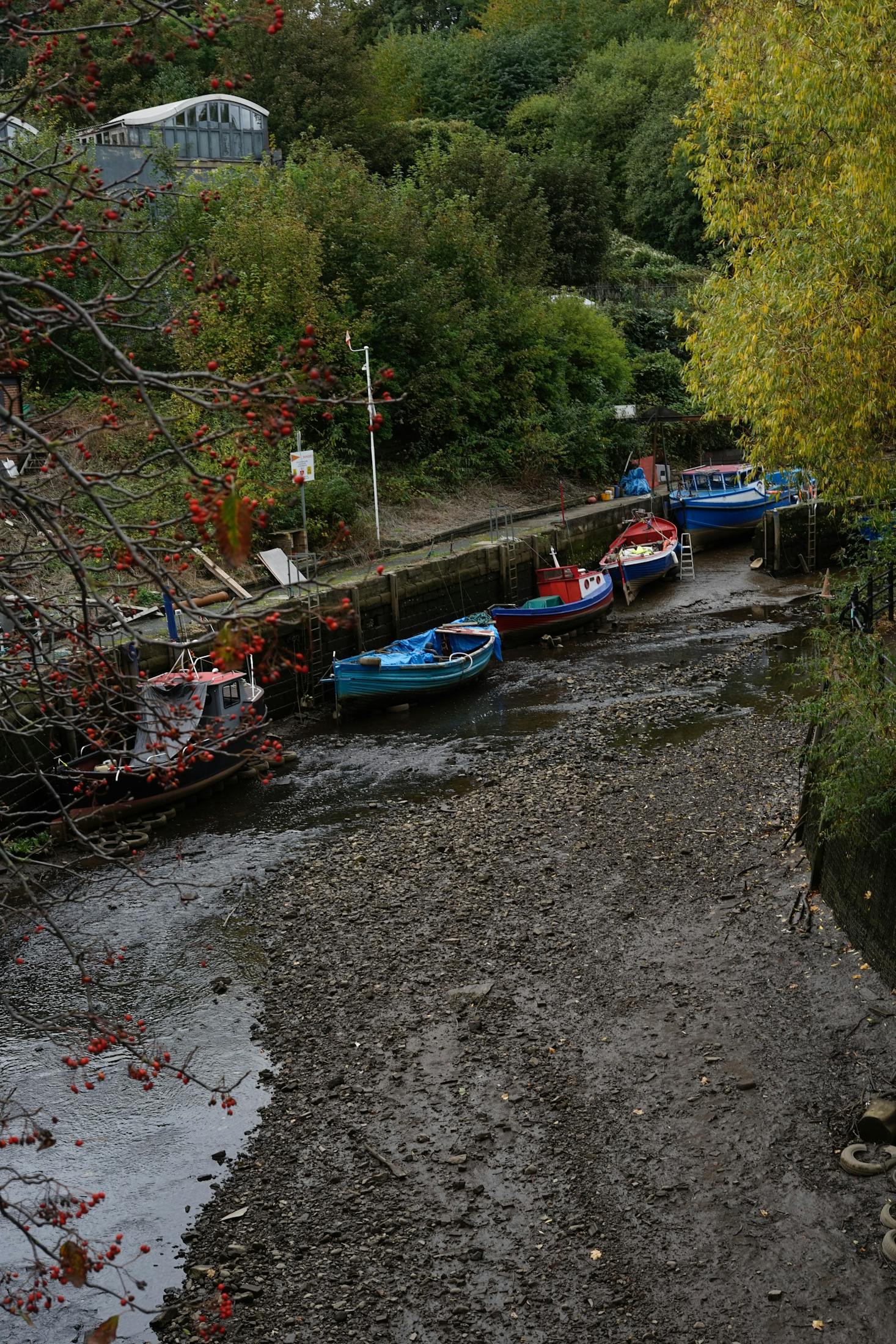
Newcastle upon Tyne deserves a place on your summer travel list. Take advantage of the pleasant weather and go on a kayak tour to enjoy the city's best views from the water. You can paddle beneath the seven Quayside bridges, snap pictures to show off on social media, and enjoy the beautiful surroundings as you go. Head to NewcastleGateshead and discover public art, figurative sculptures, and historical monuments in the most surprising areas. Take your time strolling around the area and follow the art trails in Newcastle, Tyne and Wear.
What’s more, Newcastle provides easy access to many great beaches and historic locations, including the Alnwick Castle in Northumberland. You’re probably familiar with this castle, as it was used as the filming location for Hogwarts in the famous Harry Potter films.
Summer in Newcastle also means sunshine-fueled festivals, concerts, and outdoor events. Check out the Newcastle Mela in August to celebrate the diverse city and its many different cultures. Expect a lot of dancing, singing, food, and thrilling entertainment. There are also live music festivals, where you can party all day and night and sing with your favorite local and international artists.
Summer is undoubtedly one of the best times to visit Newcastle. But because it’s peak season, don’t be surprised to find lots of tourists and big crowds in popular attractions around the city. Hotel and flight rates are also expected to increase, so set up a budget plan and book your accommodations in advance.

Fall in Newcastle: September - November
For most people, fall is the best time to visit Newcastle upon Tyne for many reasons. It allows them to avoid the peak tourist season during summer but enjoy longer daylight hours and milder temperatures. It can still be a bit warm in early September, which is the least humid month, and then the temperature drops by the end of the season. The average daytime temperatures from September to November range between 55.4°F (13°C) and 60.8°F (16°C).
Although rain is not as predominant in the fall in Newcastle upon Tyne as in summer, you’ll still experience an average of 38 rainy days over the season. October has the least sunshine hours, but there are around 514 hours of sunshine in the fall, which gives you enough time to visit the scenic gardens and parks in Newcastle.
It starts to get chilly in late October. So to prepare for a fall getaway in the city, you’ll need extra layers to stay warm and comfortable, especially in the evening when temperatures drop even more. Wear your scarves, beanies, knit sweaters, and boots to dress for the fall in Newcastle. For ladies, pick an oversized sweater and pair it with your skinny jeans and high boots. Add a parka or a coat for an extra layer in the cooler evenings, and go for a leather jacket in early September. Then transition to a heavier jacket or a coat as it gets colder at the end of the season.
For gents, bomber jackets are a great way to style your clothes and achieve a casual, edgy appeal. They work best when temperatures do not drop too much, but they can also be easily layered with shirts, t-shirts, and lightweight jumpers. But for the ultimate laid-back style, you can opt for a hoodie or a good sweatshirt. And when it starts getting a bit colder, you can go for an overcoat.
The best thing about visiting Newcastle in the fall is the opportunity to witness the spectacular array of colors as trees transform into dazzling hues of gold, amber, orange, and red. Then they slowly shed and fall from trees, forming a crisp carpet of beautiful color on the ground. You can cycle across the bridge, marvel at nature's beauty, and visit the local park or nature reserve.
For beach lovers, Newcastle should be your destination in the fall if you’re looking for quieter beaches. Although you’ll still find many tourists in many popular sites and attractions around the city, crowds on nearby beaches tend to be thinner. And because the air outside is becoming colder, the water seems to be warmer.
Don’t expect low numbers of tourists in the fall because it’s still a high season in Newcastle. You’ll still find many visitors in numerous famous spots, except the beaches. So you’ll have to wait for a few more months if you want to avoid the crowd and skip long lines.
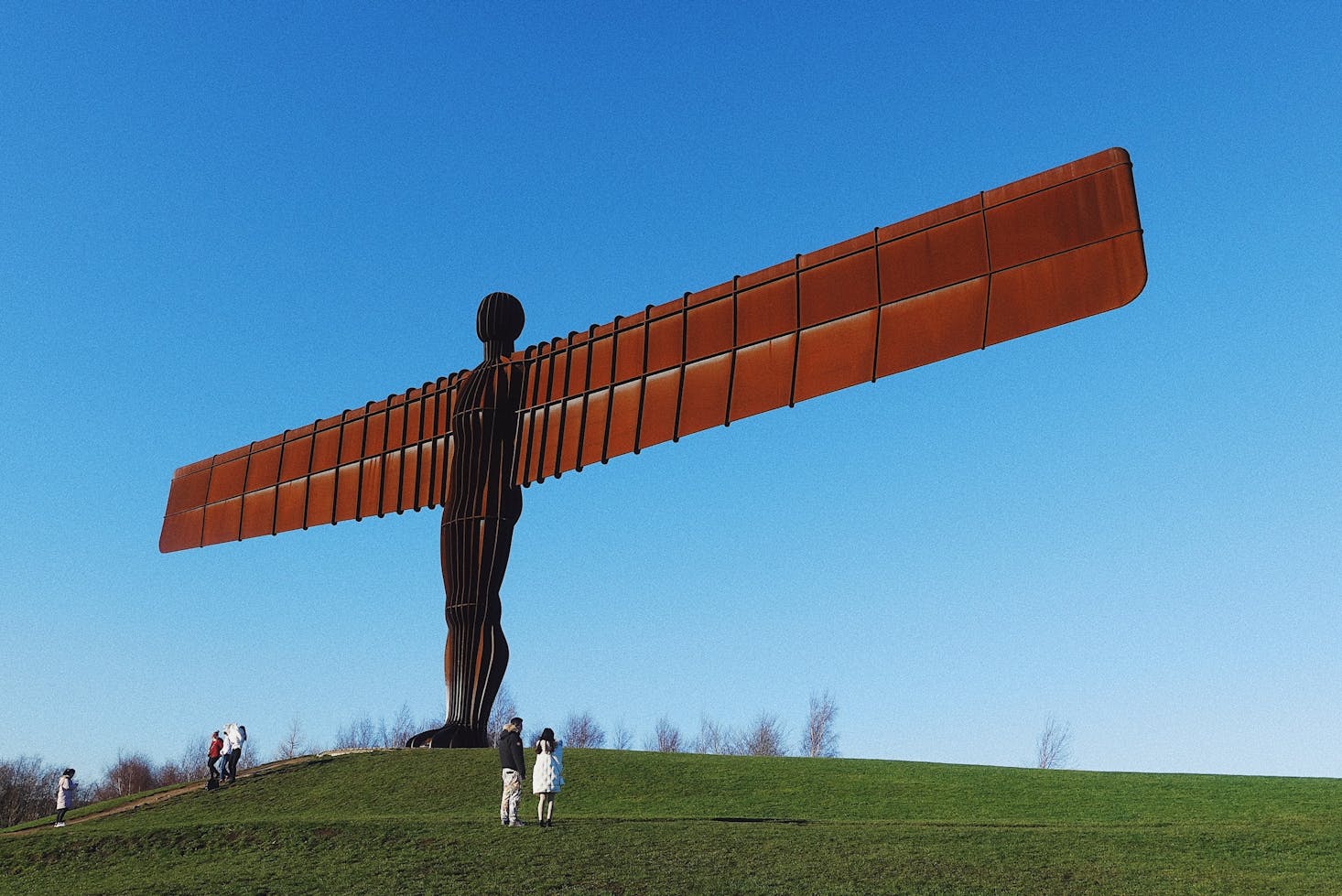
Winter in Newcastle: December - February
Winter in Newcastle is cool but not freezing. The maximum temperature in December is 44.6°F (7°C), and an average minimum of 35.6°F (2°C) in January. There are only 35 days with rain in winter, but you may experience around ten snowy days. That’s why it’s a good idea to always check the weather stations' reports before planning any outdoor exploration during winter in Newcastle.
While it isn’t freezing in Newcastle, it can also be windy. The average hourly wind speed may vary depending on the season, but January is typically the windiest month of the year, with an average wind speed of about 16.5 miles (26.55 kilometers) per hour. If you don’t mind the cold, it’s a wonderful time to walk around the streets and admire the city's heritage sites and stunning landmarks.
But before going out for a winter adventure in Newcastle, bring a warm coat if you have some aversion to the cold. Ladies will blend in with leggings and jeans with a cute top during the day, while gents can pull off a shirt with a quality sweater. You can also layer a hood with an overcoat or a leather jacket with a sweatshirt. If you’re feeling extra cold, it’s time to throw a nice scarf over and finish it off with an overcoat.
Geordies often brave the cold and endure low temperatures, so don’t be surprised to see many locals walking around in the middle of the winter cold. It’s an exciting season to take part in some activities and fantastic events across the city and the region, such as ice skating and festive markets. Free museums and top attractions also pack their programs with fun and interactive activities for everyone of all ages. Newcastle transforms into a lively Christmas city brimming with Christmas markets, festive performances, and winter sports.
However, winter in Newcastle may be too cold for some visitors to do anything outside. If you’re one of them, it’s best to wait until it warms up before visiting the city.

Spring in Newcastle: March - May
Spring is also the best time to visit Newcastle, with a milder climate and fewer crowds. There can be glorious sunny days with wet weather and cooler temperatures, but it remains comfortable throughout the season. It has an average high temperature of 57.2°F (14°C) and a minimum daytime temperature of 48.2°F (9°C). You may experience a couple of days of snow but not abundant snowfall.
The beginning of spring in Newcastle can still be pretty cool, so keep your winter clothing when necessary. Aim for layers of clothing by starting with a t-shirt, then add your hoodie, jacket, or cardigan. Put on a good fleece and long trousers to keep you warm and pair them with comfortable shoes for walking. You can wear them under a raincoat and complete the look with comfortable waterproof shoes since rain is still common in Newcastle in springtime.
Spring is the best time to visit Newcastle if you want to come before the peak of summer and enjoy some fantastic sunny days with cooler weather. It’s time to shake off the winter blues by exploring the city’s unique green spaces and having a picnic with loved ones. Newcastle has some of the most stunning scenery in the UK, and what better way to enjoy it than going on a lovely spring walk? Head to Jesmond Dene, a wonderful haven of tranquility and peace for the locals and visitors. It spans three miles and connects with bridges and paths throughout.
There are so many things to love about spring in Newcastle, but the only downside is the wet weather. So if you decide to take a morning spring walk, be sure to pack an umbrella or a raincoat to keep you dry and comfortable.
When is the best time to visit Newcastle Upon Tyne for you?
Some visitors find the fall and spring the best time to visit Newcastle due to their pleasant weather and milder temperatures, especially in May, September, and October. It’s ideal for nature lovers who like to see the changing colors of leaves and the blooming flowers in parks and gardens.
But suppose you want to make the most of the holiday season and participate in fun events. In that case, the summer and winter seasons will give you the excitement and thrill you’re looking for in Newcastle.
Know what you want to do during your trip to Newcastle? Check out these guides for inspiration!
The Best Hikes In Newcastle
Newcastle On a Rainy Day: Things To Do
Music Festivals in Newcastle in 2022

Love discounts and traveling?
Sign up for our newsletter and get 10% off your next booking.
